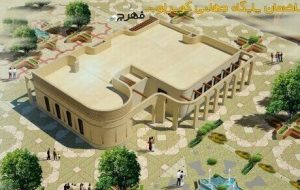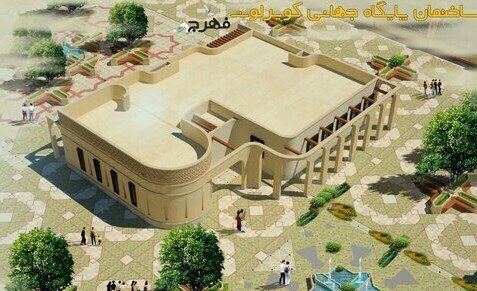Iran to develop tourism infrastructure at UNESCO-listed Lut Desert
TEHRAN – Efforts to enhance the visitor infrastructure at Iran’s Lut Desert, a UNESCO World Heritage site, are underway as authorities provide critical facilities. On Saturday, Reza Bordbar, the deputy director of investment at Kerman province’s Cultural Heritage, Tourism, and Handicrafts Department, announced that the project, funded by national resources, focuses on improving essential structures


TEHRAN – Efforts to enhance the visitor infrastructure at Iran’s Lut Desert, a UNESCO World Heritage site, are underway as authorities provide critical facilities.
On Saturday, Reza Bordbar, the deputy director of investment at Kerman province’s Cultural Heritage, Tourism, and Handicrafts Department, announced that the project, funded by national resources, focuses on improving essential structures in the Fahraj region.
These upgrades aim to enhance safety and ensure visitor comfort at this unique site. Plans are also in place to expand amenities to support tourist guidance, emergency services, and security.
Bordbar also stated that the ongoing project includes completing a base dedicated to the World Heritage site, establishing its perimeter walls and fencing, and installing its mechanical and electrical systems.
Fahraj, a historical area located in southeastern Kerman province, held significant importance during the Seljuk era, partly due to its position on the Silk Road. It is home to several natural and cultural attractions, including the distinctive “nebkhas” or plant-supported sand formations, the striking Rig Yalan dunes, and rugged Kalouts.
The Lut Desert, known for its extreme environment, frequently records the highest land surface temperatures on Earth, with one reading peaking at 70.7°C. Due to its unique landscape—characterized by crescent-shaped dunes, towering nebkhas reaching up to 12 meters, and the “no life” reputation due to its hyper-arid conditions—the Lut Desert attracts researchers and adventure travelers alike.
Despite its inhospitable climate, the region is home to resilient flora and fauna that have adapted to survive in the extreme heat and limited water supply. This includes specialized insect species and hardy plant forms found at the basin’s peripheries, demonstrating nature’s resilience in one of the world’s harshest environments.
With the new developments, authorities hope to both protect this natural wonder and facilitate sustainable tourism, helping more visitors safely experience the awe-inspiring Lut Desert.
AM
